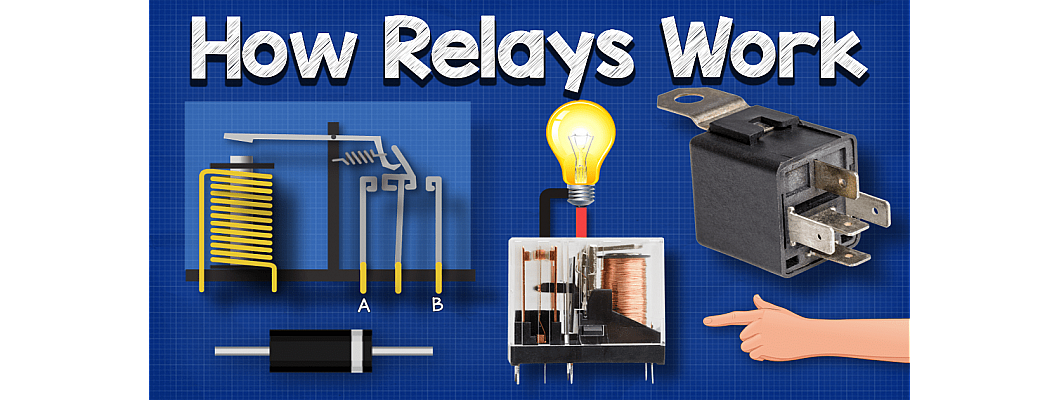
Hello,
In this article, we are going to discuss in detail what relays are and how they work in detail.
What is a Relay?
- A relay is an electromagnetic switch that can be used to control the flow of electric current in a circuit. The core component of a relay is an electromagnet which can be activated whenever needed.
- Relays can also work as amplifiers. All you need to switch on a relay is a tiny current. And in turn, relays can complete a much larger current circuit. So the small current can be leveraged into producing a much larger current. This is how relays are used as amplifiers.
- Relays were invented by the American pioneer of electromagnetism Joseph Henry in the year 1835. In a demonstration in New Jersey, he used a smaller electromagnet to switch a larger one on and off.
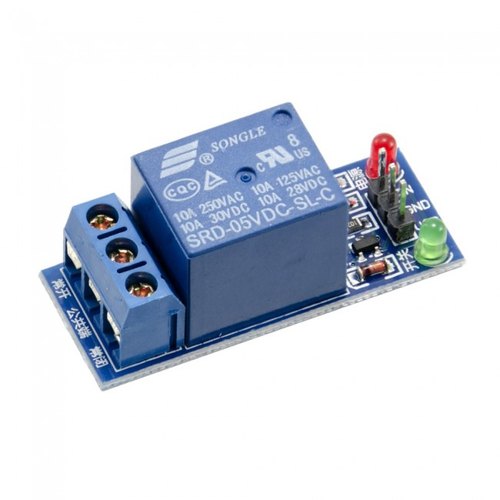
Construction of a Relay
A relay consists of the following components:
-
Electromagnetic coil: An electromagnet is a magnet that is only activated when a current is passed through a coil around it. This coil is called an electromagnetic coil.
-
Contacts: These are one of the most important parts as they ensure the proper flow of current. If the contacts are worn out, then the relay might not even work. They directly affect the reliability of the relay. The contacts of a typical relay work as a single pole double throw switch (SPDT).
-
Movable Armature: This is the movable arm that has contacts on both sides. One side is normally open (NO) and the other side is normally closed (NC).
Working principle of a Relay
-
Electromechanical relays consist of two components: The first is the electromagnet section which contains the core and the coil. The second part contains the movable armature, contacts, and other mechanical components.
-
When the power is supplied to the iron core, the coil gets magnetized and generates a magnetic field.
-
The metal armature gets pulled towards the magnetic field. As a result of it, the Normally open contact touches each other. This completes the circuit and the current flows through the output circuit as a result of it.
Classification of Relays
Relays can be classified on various bases. There are different types of relays based on the types of operation:
-
Electrothermal relays: This kind of relays contains a bimetallic strip. A bimetallic strip consists of two metals stuck together. Now when this strip is energized, one metal expands more than the other and as a result, the strip bends over to one side. This strip functions as the movable armature in this case.
-
Electromechanical relays: The electromagnet moves the armature to make the circuit complete and thus functions as a switch.
-
Solid-state relays: Instead of using mechanical components like in the above two cases, SSR uses semiconductor devices. This means that SSR has faster response times than other kinds of relays. This also means a longer life span as these are noncontact relays.
-
Hybrid relays: It is the combination of both Solid state relays and Hybrid relays.
There are different types of relays based on polarity
-
Polarized relays: Polarized relays are similar to electromechanical relays and differ in only one aspect. They contain both an electromagnet and a permanent magnet inside them. The movement of armature depends on the polarity of the input signal.
-
Non-polarized relays: There is no polarity inside the coil of such kinds of relays. The movement of the armature is fixed even if the polarities are changed.
Pole and Throw
As we have discussed, relays can be both used as switches and as amplifiers. When they are used as switches, there are two parts, a pole, and a throw. Pole is the input side of a switch that is movable. The throw-in the output side of it which is fixed. There are different combinations for pole and throw.
Single pole, single-throw (SPST)
- This configuration contains only one pole and one throw. When the pole is closed, that means the circuit is in closed condition and the circuit is complete.
Single pole, double-throw (SPDT)
- This configuration consists of one pole and two throws. So the pole is connected to either one throw at any point in time. This case is similar to that of the electromechanical relays.
Double pole, single-throw (DPST)
- This case has two poles and two throws. This means it can be used simultaneously to power up to two different circuits. But both of the contacts will move simultaneously only. So if both the contacts are open and the circuit energizes, then both will close and vice versa.
Double pole, double-throw (DPDT)
- This case has two poles and four throws, each pole is connected to a different throw at any given point in time. And both the poles move simultaneously similar to that in DPST.
Advantages of relays
-
It can be used as a switch from far distances. Truly making any device remote.
-
Relays generally have a longer life span as the contact between parts is minimum.
-
It can be activated with a very low current and in turn, can turn on machines which require very large currents.
-
It works very well in high temperatures.
Disadvantages of relays
-
Switching time is higher than switches.
-
Contacts will be damaged over a long time due to various reasons like wear, rust, oxidation, etc.
-
They make a lot of noise as contacts move from one place to another with the help of the armature.
Applications of relays
There are limitless applications for relays and are used very widely. Some of them are:
-
One of the main applications of relays is to turn on/off a high voltage circuit (AC Supply) with a low voltage circuit (DC Supply).
-
Relays are used to turn on motors from time to time. Motors required a 230V AC supply to start. But that is not available everywhere. So where there is a small DC voltage, their relays are used to turn them ON.
-
They are one of the main components used in the Industrial automation industry. Relays are used along with PLCs to control any process required.
That's it. We have covered almost everything in this blog from the definition of relays to the working principle and its merits, demerits, and applications. Hope you like it. Hope this helps. Thank you.

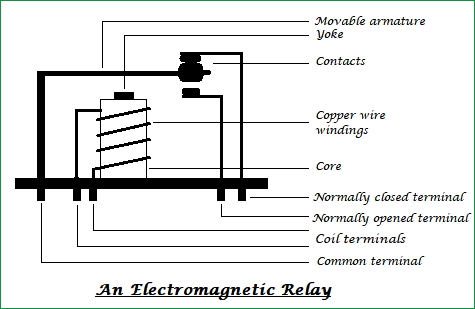
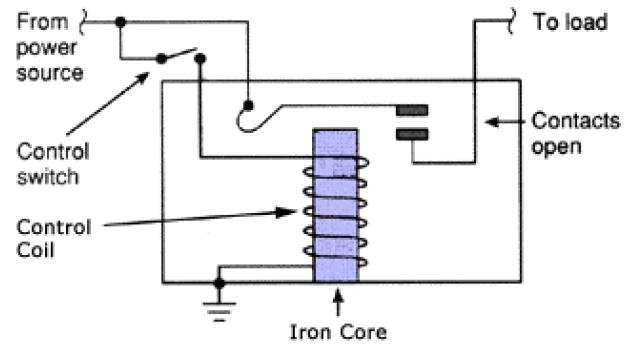
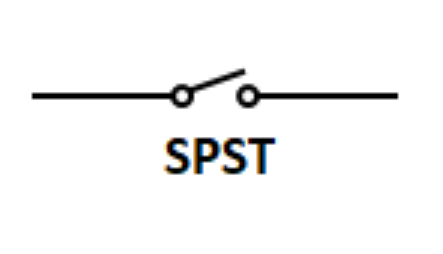
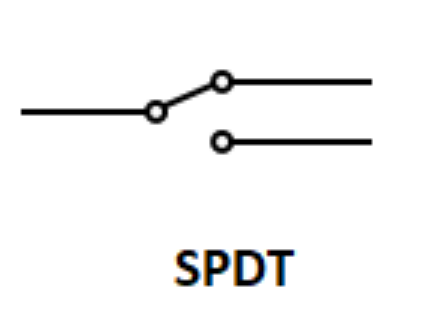
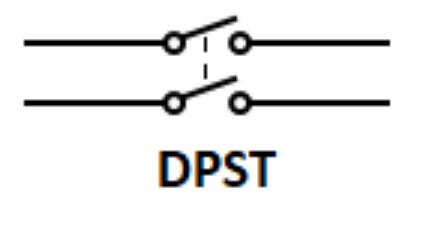
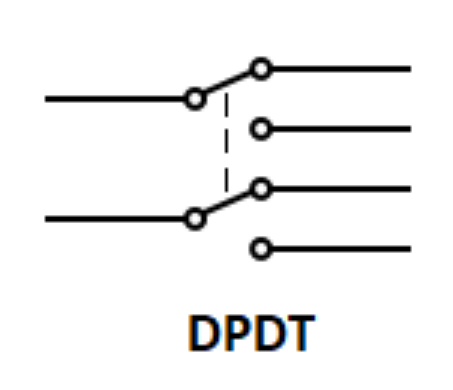

Leave a Comment